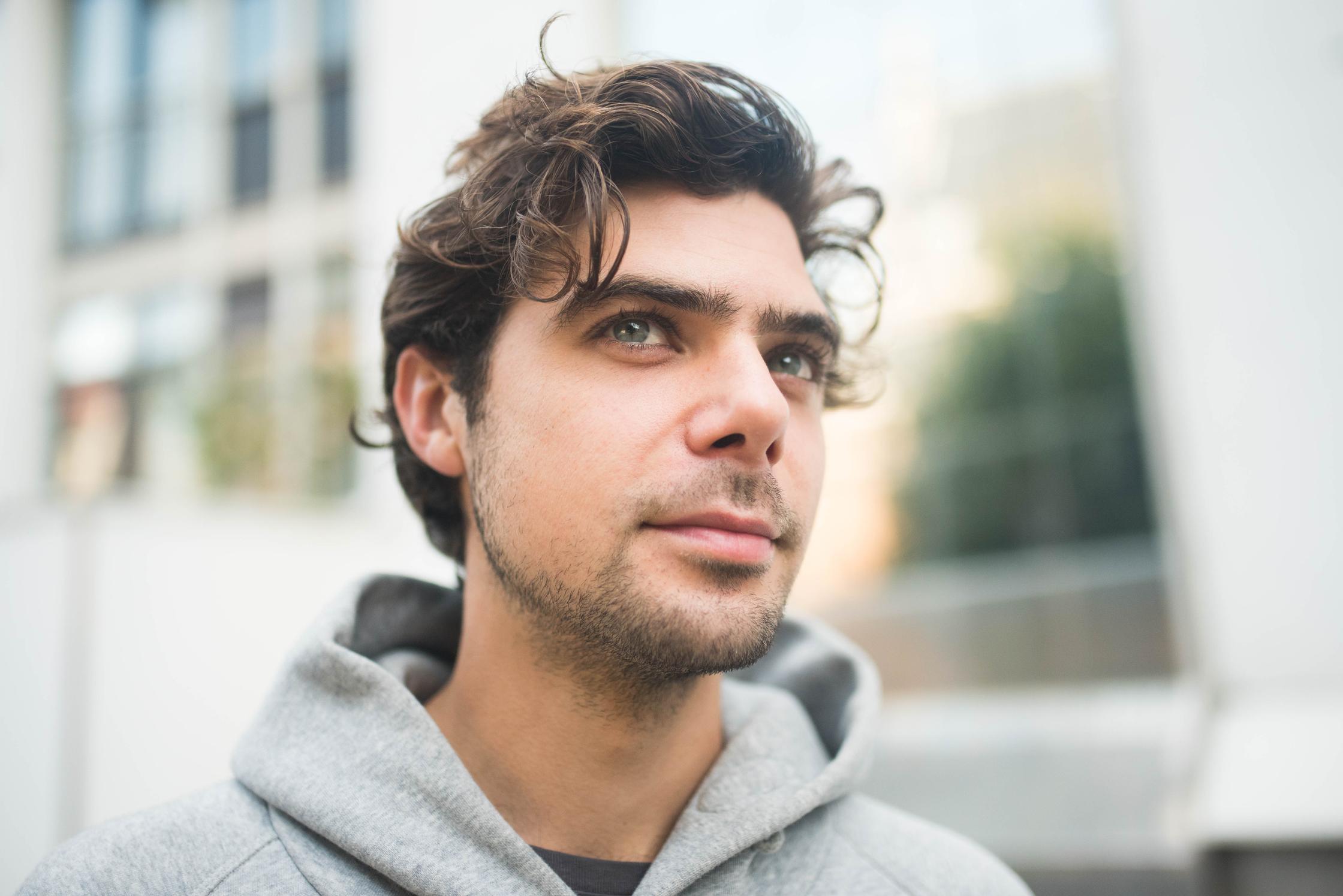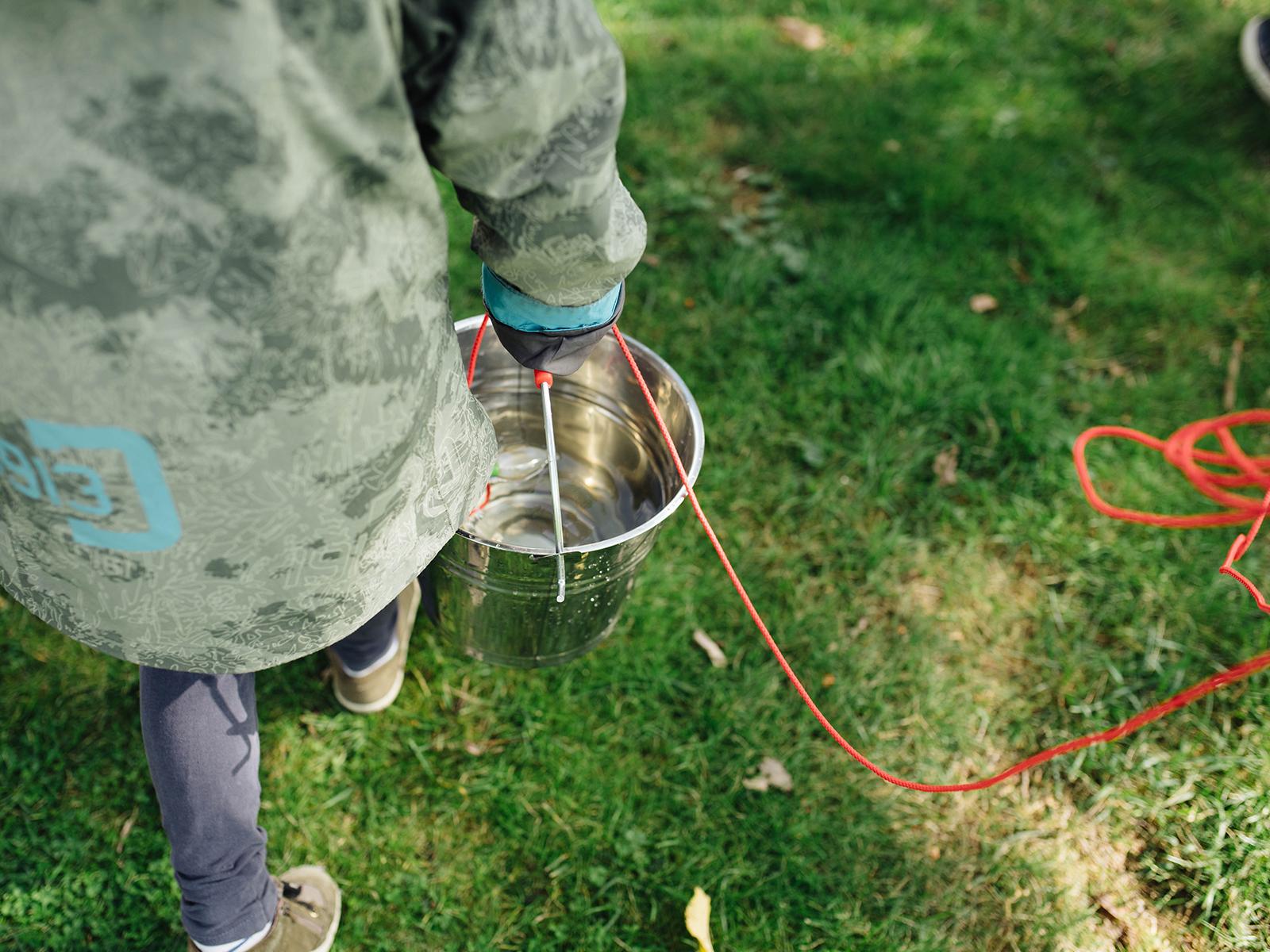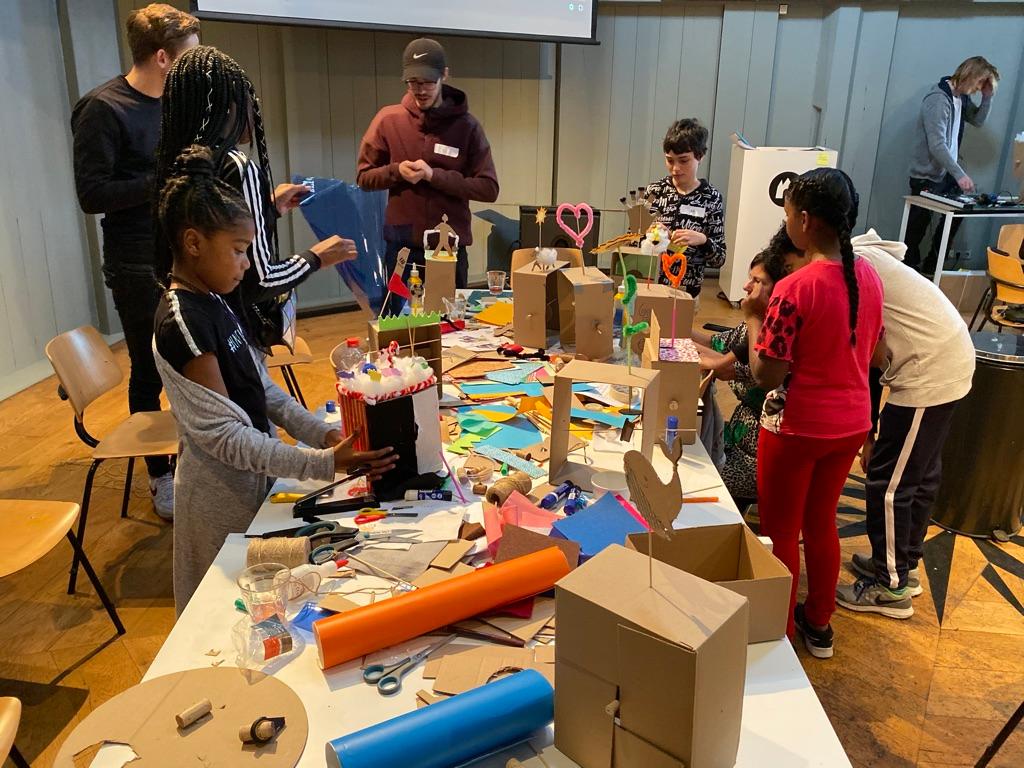We spoke to Alain about his role in helping to construct the SySTEM 2020 map, the challenges he faced and the steps we need to think about in making sure this resource is sustained into the future.
"This is probably one of the most complex things I’ve done at Waag because I had to do it from scratch"
Combining his interests in both sociology and website design, Alain Otjens has landed himself at Waag in Amsterdam as a front-end developer. His role at Waag is varied, pushing him towards making technology that is better attuned to democratic values and technology that fosters positive societal change. His newest project encouraged him to think outside the box and design something new, a Europe wide network cataloguing initiatives that provide science learning outside the classroom – the SySTEM 2020 map.
Q. Alain, could you tell us a little bit about yourself?
For two years, I’ve been a front-end developer and designer at Waag. My background is in sociology, but on the side, I was always working as a freelance website developer. Waag is a great combination of both of these things.
Q. How did you go about making the map, what was your starting point?
I knew what STEAM stood for, but I wasn’t very familiar with the topic. I specialise more on the internet, technology and privacy. Having said that, of course, STEAM is one of the priorities of Waag. The process started with digging into the subject, first through the project proposal, then through discussions with colleagues at the LEARN team – one of Waag’s research groups. An important step in the process was really to gather requirements from different stakeholders. For me, it was crucial to understand that I was to make a tool for researchers who want to have a better understanding of the field.
Q. Waag has been involved in other data visualisation projects, haven’t you?
Right now, we are working on a number of citizens science projects, measuring air quality, gamma radiation and noise pollution. In all these projects we have maps showing the data. But Waag has a history of building interactive maps. We have a somewhat famous map of Amsterdam that visualises the age of buildings, artistically it is quite beautiful. Моre than 15 years ago we made Amsterdam RealTime, where cyclists were given GPS trackers and were asked to cycle around Amsterdam. This was really in the early days before proper GPS’ were made. This project had actually led to a whole new direction for Waag, that resulted in developing software for mobile games and tours for cell phones equipped with GPS.
Q. Where did the idea of an interactive map for SySTEM 2020 come from?
With this project, we want to gain a deeper understanding of successful STEAM learning that takes place outside the classroom. For this, we need to gather information about the organisations and their activities and we wanted this data to be useful and accessible to all parties involved. That is when the idea of SySTEM 2020 map was developed. By visualising this information STEAM initiatives can gain visual insights into the existing networks of the types of programmes organised while showcasing their activities in the network.
Q. Could you explain to us how the map works?
Every organisation in the visualisation is represented by a dot. The layout of these dots is determined by the selected parameter. For example, geographical location or type of organisation. To create more detailed views you can subdivide or filter by other parameters. With the ability to create specific views researchers can try to answer certain research questions regarding STEAM activities across Europe. But for STEAM activities themselves, the visualisation can also be insightful as it can teach them about how peer organisations operate or enable them to link with potential partner organisations. By filtering per country, and secondly, on the age group, you can find organisations that target the same demographic as you. You can get a detailed insight into similar organisations across Europe, get in touch with them or improve your own practice.
Q. What did you learn from this project?
First, that there are super nice STEAM activities to do around my neighbourhood. For example, I clicked around and discovered a museum in Haarlem. I went to visit it and it’s amazing, it’s about archaeology and old scientific instruments. Technically, it was a great learning process too. Previous projects have usually been simpler and this really goes deeper. This is probably one of the most complex things I’ve done at Waag because I had to do something from scratch, I couldn’t use existing code. For me, the main challenge was the data for the map was yet to be gathered. As such, there was no predefined insight into what the visualisation should communicate. Instead, we have built an interface that makes it possibles for the data set to be explored. The interface should allow users to find patterns and correlations in the data set. The views on the data are flexible, they are based on their particular interests or research questions.
Q. You have been involved with many projects, what usually happens to these types of maps? How do we make sure they are successful?
Yes, this is a problem. You have funding for a project and when that ends someone has to adopt it and put it on their server and maintain it. It is sad to see work die off. The key I think is that there is a community that sees the need for a project like this to exist and then put an effort into keeping it. The same things go for our other citizen science projects, so for example, we give people sensors, but now we also teach them how they work. Providing that support increases the chance that something lives on and creates new means for this technology to advance. For me, it would also be nice if another designer sees this stuff, and says "okay, I can draw ideas from this" and adapts it and improves it. That way, the message and intention of maps, like the SySTEM 2020 map, can have a better chance of being sustainable.
Q. What are the plans for the future with the SySTEM 2020 map?
We are actively gathering data right now with the goal of having around 2000 STEAM organisations on the map by the end of August. Afterwards, our research team will be busy analysing the data and producing various toolkits and best practice reports. Organisations will be able to add themselves to the map until the end of the project in 2021.


